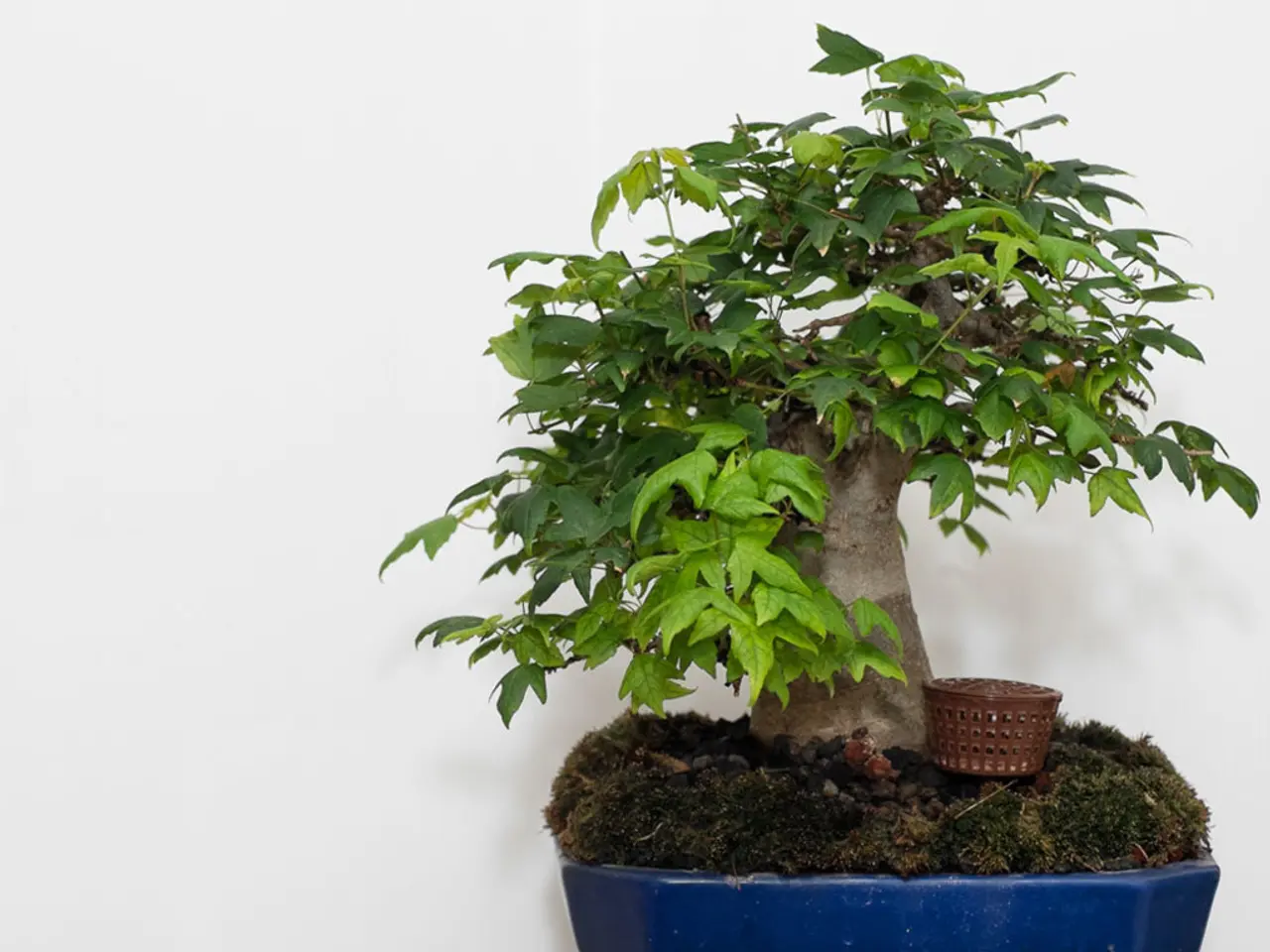Guide to the Aesthetic Simplicity and Practical Skills of Minimalist Bonsai
The intricate world of bonsai, a centuries-old Japanese art form, has captivated many with its unique blend of nature and artistry. Among the various styles, the Literati bonsai stands out for its minimalist approach and emphasis on elegance. Also known as *bunjin-gi* in Japanese, this style is a testament to the beauty found in simplicity and resilience.
Cultivating a Literati bonsai involves a deep understanding of tree structure and a gentle touch. The process begins with the selection of species naturally prone to slender growth, such as certain pines or elms. Careful pruning is then employed to reduce lower branches, resulting in a long, slender, often twisted trunk with minimal branches and foliage mostly concentrated near the top.
Wiring and shaping techniques play a crucial role in accentuating the tree's natural beauty and conveying a sense of simplicity and refinement. Delicacy is key in this process, using thin, copper or aluminum wire to create subtle, almost imperceptible shapes. The tree is then placed in simple, understated pots that do not distract from its elegant trunk lines.
The origins of the Literati style can be traced back to Chinese scholar-artists—the literati or *wenren*—who favoured minimalist landscapes and symbolic artistic expression. This tradition was adapted and refined in Japan into the bonsai art form. The style reflects the aesthetic ideals of freedom, simplicity, and poetic beauty favoured by those scholars, embodying an artistic interpretation of trees struggling and surviving in sparse natural environments.
Mastering the aesthetic principles of Literati bonsai is no easy feat. It requires patience, intuition, and a deep understanding of the tree's inner rhythms. When pruning, striking a balance between shaping the tree and preserving its essentialness is crucial. Monitoring stress indicators, pruning judiciously, and providing post-pruning care to mitigate stress and promote healthy recovery are all essential aspects of this process.
By thoughtfully removing branches, the artist creates a sense of flow, directing the viewer's gaze through the tree's sparse yet elegant structure. This pruning for elegance and flow is crucial in Literati bonsai, refining the tree's silhouette and creating a visual flow.
The art of Literati bonsai invites the viewer to pause, reflect, and connect with the natural world on a deeper level, evoking a sense of contemplative beauty. It is regarded as advanced in bonsai cultivation due to its emphasis on artistic expression and minimalism while maintaining tree health.
In conclusion, the Literati style of bonsai is a living work of art that inspires introspection, serenity, and a deeper connection to the natural world. By cultivating and caring for a Literati bonsai, one not only appreciates the beauty of nature but also contributes to its preservation, one branch at a time.
[1] Bonsai Empire. (2021). Literati Bonsai. Retrieved from https://www.bonsaiempire.com/bonsai-encyclopedia/literati-bonsai/ [2] Bonsai Today. (2021). Literati Bonsai. Retrieved from https://www.bonsaitoday.com/literati-bonsai/ [4] The Metropolitan Museum of Art. (2021). Literati Art. Retrieved from https://www.metmuseum.org/toah/hd/litr/hd_litr.htm
- The intricate world of bonsai, extending beyond just nature and artistry, captivates many with its diverse styles, including the realms of fashion and beauty, food and drink, home and garden, and education and self-development.
- One can find inspiration in the minimalist approach of the Literati bonsai, a style that reflects the philosophies of travel, relationships, and even the pursuit of simplicity and resilience in life.
- Just as mastering the art of Literati bonsai requires patience, intuition, and a deep understanding of a tree's inner rhythms, so too does cultivating meaningful relationships, pursuing knowledge, and enhancing one's lifestyle require effort, care, and awareness.








